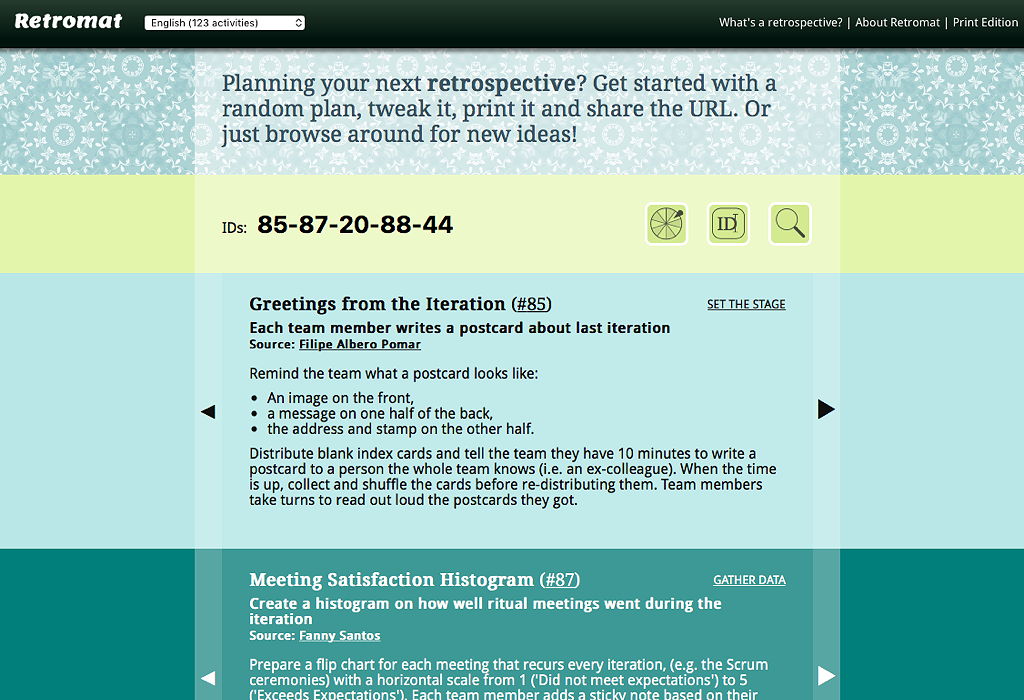Age of Product’s Food for Thought of June 26th, 2016—shared with 3,010 peers—starts with a rant on Scrum slaves, aka Scrum masters being perceived as team secretaries, how to make people join the daily stand-ups joyfully, and preserve estimation accuracy over time. And still, when we talk about agile adoption the Borg way, resistance is futile.
We also explore a simple trick, how to plan for great retrospectives, utilizing Retromat to its full potential.
We dive deep into scaling lean product management with Ash Maurya, understand the importance of not falling for pleasing only your best customers and analyze the long-term product strategy of Mr. Musk.
Last, but not least, we enjoy Wally toying with the pointy-haired boss, and learn about Google’s epic undertaking of turning itself into “machine learning first” company. Have a great Sunday!
Essential Read
(via Medium): How Google is Remaking Itself as a “Machine Learning First” Company
Steven Levy on how Google’s epic undertaking to bring artificial intelligence to every product is manifesting itself in Google’s culture and organization: “Machine learning is huge here.”
Agile & Scrum Slaves
and : Servant Leader or Slave – a rant about “removing impediments”
Joakim Sahlberg on the idea of many organizations, that removing impediments is the responsibility of the Scrum Master, or agile coach. And why he believes, that this is a red flag, telling him that the organization hasn’t yet understood what it means to have self-organizing teams.
: Incentives and Deterrents for Starting Daily Scrums On Time
Mike Cohn on why it is more beneficial for any Scrum team to incentivize good behavior, rather than punishing bad attitude. Mike also provides a long list of both incentives and deterrents for the most difficult of all Scrum’s ceremonies in that respect: the daily stand-up.
(via Atlassian): Keeping your planning poker sessions sane and healthy
Heather Krebsback of Atlassian on the observation, that an agile team’s estimation accuracy often tends to degrade over time, and how to counter this negative trend. (This overlaps partly with the “estimation inflation” trend.)
: Tools of Successful Scrum Masters
Tanner talks practical with some tools of successful Scrum Masters that will help you and your teams to advance agile at a hands-on level beyond mindset and behavior.
: How to Get Agile Practices Adopted Anywhere
Steve Teske suggests three different approaches to agile adoption to facilitate the organizational evolution to a higher state: The Borg approach, the cowboy approach, and the socratic approach. (I would favor, of course, the Borg method.)
Tip of the Week
(via Age of Product): How to Curate Retrospectives with Retromat
I wrote a short post on how to curate retrospectives with Retromat without relying on the random retrospective function, and included three examples.
Product & Lean
and : Scaling lean product management
Chad McAllister interviews Ash Maurya, who now has a new book about applying Lean Startup principles to go from a concept to a product, that is achieving predictable success with customers. The book is titled “Scaling Lean: Mastering the Key Metrics for Startup Growth”.
(via Medium): Crafting The First Mile Of Product
Scott Belsky, General Partner at Benchmark, on how to defy the natural tendency to gravitate towards your best customers. A product strategy, that handicaps your ability to build and sustain increasingly inclusive products, and broaden your customer base.
: 3 Types of Product Managers: Builders, Tuners, Innovators
Sachin Rekhi shares his view of three high-level product management roles that exist in the field. All of these types of product managers exist at established technology firms, while at smaller startups the type of product managers often depends on the stage their product is in it’s own lifecycle.
(via First Round Capital): The Recursive Product Strategy That Musk Used To Build An Empire
Vinny Lingham, CEO of Civic and formerly Gyft, on the value of a long-term product strategy. He goes back to Elon Musk’s blog post from 2006, that sums up Tesla’s company strategy: From “Build sports car”, via “use that money to build an affordable car” to “Don’t tell anyone”.
: Wally Builds An MVP Version
Wally is toying with the pointy-haired boss.


